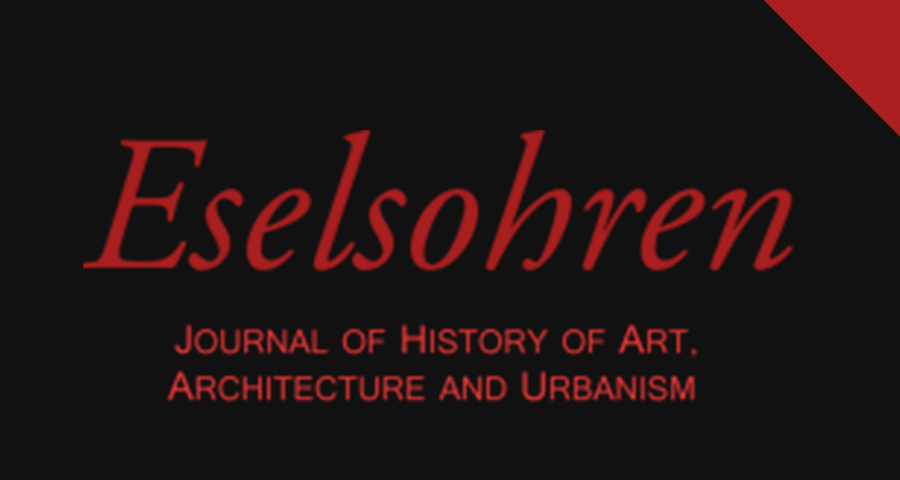Architecture, History, Theory
Adolf Loos’s much-quoted statement on the difference between the urn and the chamber pot, identifies one of the most central asked questions in architecture. Should architecture satisfy more or less tangible material needs, or is it about realising economic potential in real estate? How and where do the results of these activities become culturally significant? Is the difference between architecture and the production of functional spaces clearly defined? Where is the line drawn between high art and providing a service, between everyday practice and architecture as an intellectual discipline?
The fact that built artefacts (cities, landscapes, furniture, objects ...) are invested with meaning can be substantiated more or less empirically. Nor can the fact that these meanings emanate from relationships - visible as well as hidden - be doubted. The description and interpretation of the meaning of architectural objects and spaces, also implies the question as to how material realities and cultural expectations or preoccupations might be related. The main concern of architectural history and theory is the examination of these relationships, and of to uncovering and revealing. Architectural history is about finding a language that describes the context precisely and, possibly, poetically. We understand the research and the research of architectural history and theory as a form of discovery, a curiosity about ideas, mentalities, constraints and freedoms, which are at work in interiors, buildings and cities.
How does the teaching of architecture theory and history position itself in a university educating designers, and not (at least not primarily) publicists or historians? First and foremost, we need to provide knowledge of historical and theoretical references. It is a part of university practice to be a ‘school of critical thinking’. The questions we ask rarely provide for greater efficiency, but are a school of doubt. Sometimes this slowness creates a necessary delay for critical examination and professional understanding.
We accept the contradictions which are exposed by the research, but also those in our own interpretations. The image that we retain from architectural objects is incomplete, and this also applies to the image of architecture as a discipline. Critical examinations of architecture knowledge detect, map, describe, analyse and contextualise the manoeuvres of clients, the hypotheses of designers, the technical and symbolic prospects, the organisation and realisation of the design and perhaps above all, the often unruly reality of the acceptance and rejection strategies of those who use or abuse the spaces, and try to live in them.
Last modified: 03.02.2023

